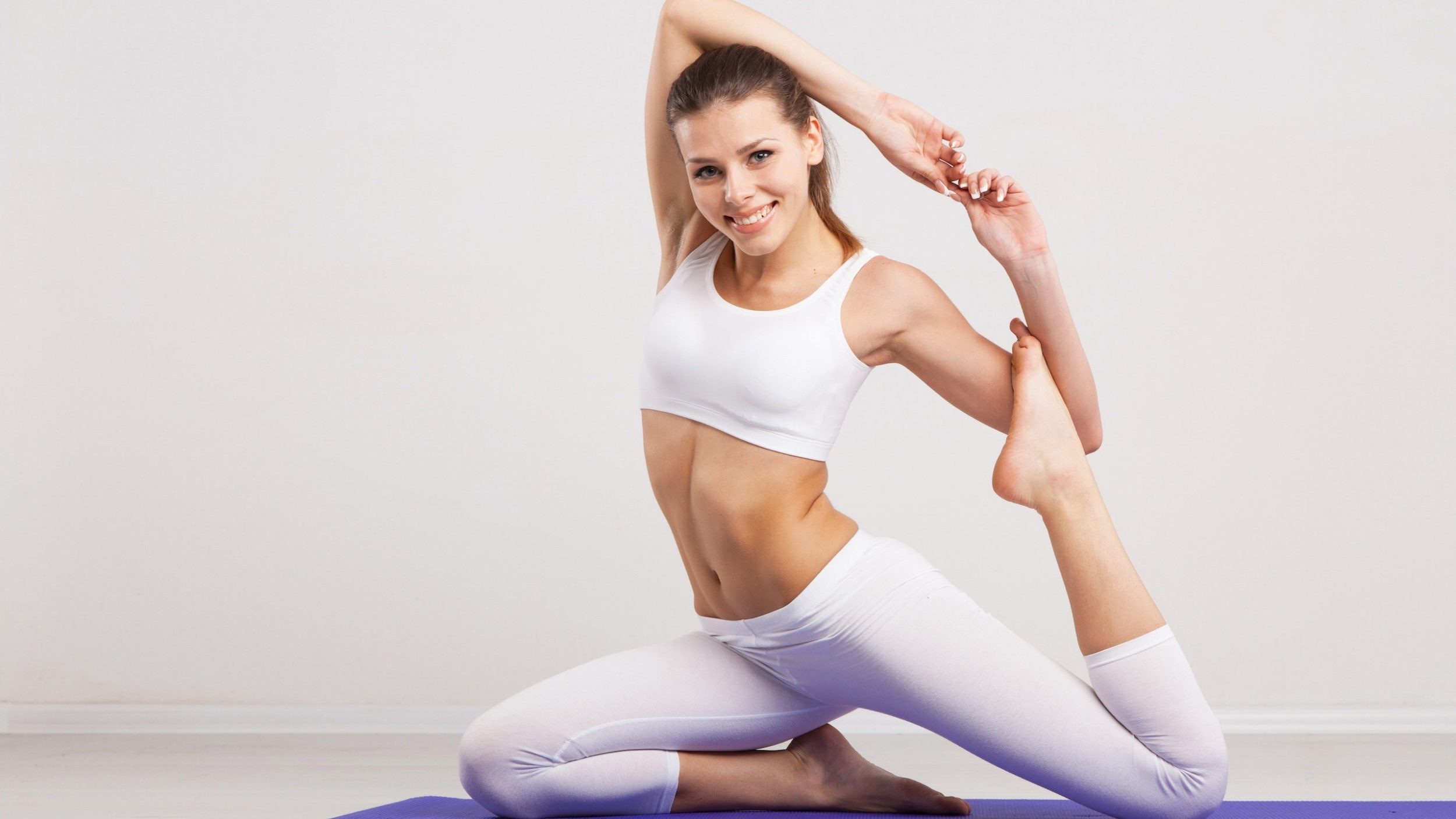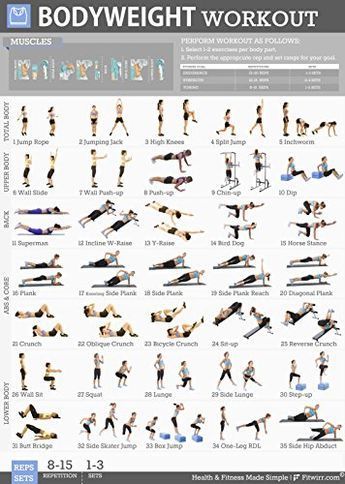Pilates: Strengthen and Tone Your Body with Precision
Pilates is a popular fitness method that focuses on strengthening and toning the body with precision. It was developed by Joseph Pilates in the early 20th century and has gained popularity worldwide due to its effectiveness in improving flexibility, strength, and body awareness.
The Principles of Pilates
At the core of Pilates are six principles that guide its practice: control, concentration, centering, precision, breath, and flow. These principles are integral to the method and ensure that the exercises are performed with optimal effectiveness and safety.
Control
Pilates encourages practitioners to have full control over their movements, emphasizing quality over quantity. By maintaining control throughout each exercise, you engage the right muscles and avoid the risk of strain or injury.
Concentration
Concentration is key in Pilates. Each movement should be performed mindfully, with full awareness of your body and alignment. By focusing on the present moment, you achieve better results and enhance your mind-body connection.
Centering
Centering refers to focusing on the body’s powerhouse, also known as the core. Pilates exercises are designed to strengthen and stabilize the core muscles, including the abdominals, lower back, hips, and glutes. A strong core provides a solid foundation for all movements and promotes better posture.
Precision
Precision is essential in Pilates. Each exercise is performed with attention to detail, correct alignment, and proper form. By honing in on precision, you maximize the benefits of each movement while minimizing strain on other muscles.
Breath
Breathing is an integral part of Pilates. The method emphasizes a specific breathing pattern where inhalation is expanded, and exhalation is deeply engaged. Proper breathing promotes relaxation, helps to oxygenate the muscles, and keeps the body aligned and centered throughout the exercises.
Flow
Flow refers to the smooth and seamless transition between movements in Pilates. The exercises are designed to be performed in a flowing manner, creating a rhythm and maintaining a continuous pace. Flow enhances the overall experience and challenges the body’s coordination and balance.
The Benefits of Pilates
Pilates offers numerous benefits for the body, making it a popular choice among fitness enthusiasts:
1. Strengthens and tones muscles
Pilates engages both small and large muscle groups, providing a full-body workout. Regular practice can lead to increased muscle strength, toning, and definition.
2. Enhances flexibility
The controlled movements in Pilates improve flexibility by increasing the body’s range of motion. This can help alleviate muscle tension, reduce the risk of injury, and improve overall mobility.
3. Improves posture
Pilates emphasizes proper alignment and core stability, which promotes improved posture. By strengthening the muscles that support the spine, Pilates can help alleviate back pain and improve overall posture and body awareness.
4. Increases body awareness and mind-body connection
Through the mindful practice of Pilates, practitioners develop a heightened sense of body awareness. This increased awareness helps in better understanding how the body moves, aligns, and balances.
5. Aids in stress reduction
Pilates incorporates breathing techniques and encourages a mind-body connection, providing a calming and stress-relieving experience. The focus on concentration and controlled movements promotes a sense of relaxation and mindfulness.
In conclusion, Pilates is a highly effective fitness method that strengthens and tones the body with precision. Its core principles, including control, concentration, centering, precision, breath, and flow, guide practitioners to achieve optimal results. Regular practice of Pilates can lead to improved strength, flexibility, posture, body awareness, and stress reduction. So, why not give Pilates a try and experience the transformative benefits it offers for both the body and mind?

